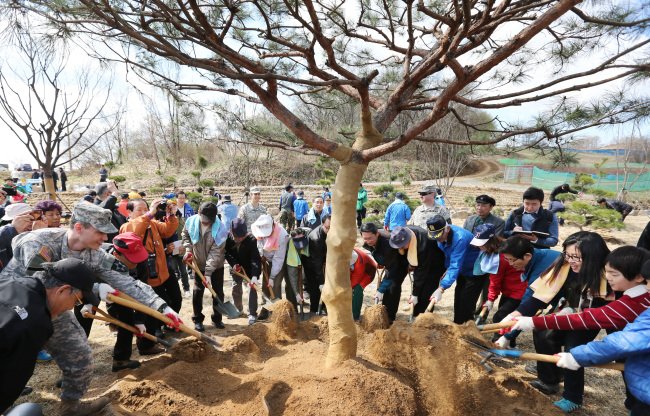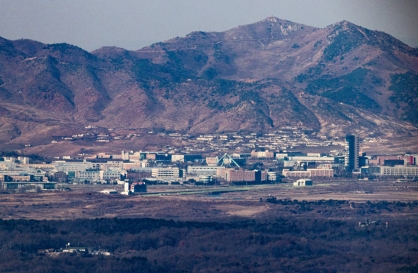Trees, or at least large plants similar to modern-day trees, have been around for hundreds of millions of years. As primary producers ― organisms that produce organic matter from inorganic compounds ― trees and plants in general have always been the primary food source in the food chain.
With the rise of mankind trees came to have much more diverse uses. For man, trees became sources of construction materials and fuel, and of medicines, some of which are still in use today.
One of the best-known examples of a drug developed from a chemical naturally occurring in trees is aspirin. An aspirin-like compound is found in the bark of willow trees, and records show that people used the tree to treat fevers as early as B.C. 400. Unaware that the aspirin-like compound was what relieved the symptoms, people continued to use willow-extracts as fever and pain remedies until the 19th century.
Although the aspirin-like compound of willow trees has been replaced with lab-manufactured aspirin, chemicals found in other trees such as the gingko biloba ― the species that lines streets all over Korea ― have presented interesting possibilities for pharmaceutical researchers. Although the jury is still out, research suggests that gingko compounds may be effective in improving blood circulation and concentration, and even in preventing the onset of Alzheimer’s disease.
 |
Officials, citizens and U.S. soldiers plant a tree in an event to create a community forest in Paju, Gyeonggi Province, Friday, one day before Arbor Day. (Yonhap) |
Meanwhile, in some parts of the world trees such as the Moringa continue to be used as food sources, particularly in poverty-stricken regions.
Trees offer a huge range of benefits for humans and the environment in general, but it is their most fundamental trait that has raised the significance of trees to a whole new level.
Photosynthesis is the fundamental trait that sets trees, and other plants, apart from most other multicellular organisms. In carrying out the process essential to their survival, trees take in carbon dioxide.
Carbon dioxide is one the main causes of global warming, which in turn is causing climate change. The effects of climate change are manifested in a variety of forms, ranging from desertification and record-high temperatures to unseasonable weather across the globe.
According to the U.S. Environmental Protection Agency, carbon dioxide accounts for more than half of the greenhouse gases emitted from burning fossil fuels.
In terms of volume, annual carbon emissions from fossil fuels increased 16-fold from 1900 to 2008. It is estimated that about 36 billion tons of carbon dioxide were released into the atmosphere in 2013.
As emission levels rise, trees have become a tool in the fight to minimize the damage.
According to the Korea Forestry Research Institute, a 30-year-old gingko tree can absorb about 14 kilograms of carbon dioxide each year. In comparison, oak species take in an average 10.8 kilograms while pine species absorb about 6.6 kilograms of carbon dioxide each year.
Their role in fighting global warming was deemed important enough by the United Nations Environment Program for it to launch a Billion Tree Campaign in 2006. As a result of the campaign, more than 12 billion trees had been planted by 2011.
By Choi He-suk (
cheesuk@heraldcorp.com)






![[Graphic News] More Koreans say they plan long-distance trips this year](http://res.heraldm.com/phpwas/restmb_idxmake.php?idx=644&simg=/content/image/2024/04/17/20240417050828_0.gif)
![[KH Explains] Hyundai's full hybrid edge to pay off amid slow transition to pure EVs](http://res.heraldm.com/phpwas/restmb_idxmake.php?idx=644&simg=/content/image/2024/04/18/20240418050645_0.jpg)
